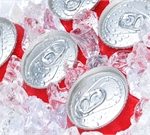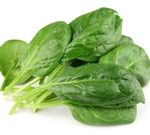
Women who drink a lot of sodas, sweetened juices and other sugary drinks are at greater risk of developing heart disease, a new study finds. Those who drink one or more a day have nearly a 20% higher risk than women who never do. And it’s not just soda that’s problematic: Fruit drinks with added sugars are also a culprit, researchers say. Though the study does not prove cause and effect, researchers suspect there are several reasons sugar can increase heart disease risk, according to lead author Cheryl Anderson, interim chair of Family and Public Health at the University of California, San Diego. “It raises glucose levels and insulin concentrations in the blood, which may increase appetite and lead to obesity, a major risk factor for cardiovascular disease,” she said in a news release from the Journal of the American Heart Association, where the study was published May 13. “In addition, too much sugar in the blood is associated with oxidative stress and inflammation, insulin resistance, unhealthy cholesterol profiles and type 2 diabetes, conditions that are strongly linked to the development of atherosclerosis, the slow narrowing of the arteries that underlies most cardiovascular disease,” Anderson noted. More than 100,000 female teachers in California took part in the study. Those who drank one or more sugary drinks a day were 26% more likely to need surgery… read on >



























-300x200.jpg)










